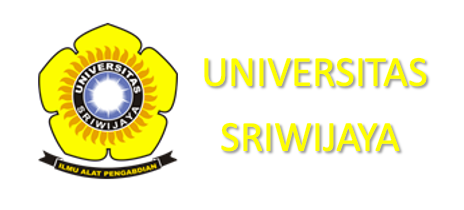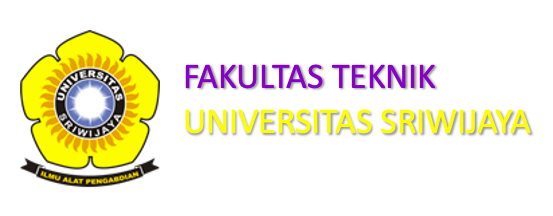MORFOLOGI FOSIL FORAMINIFERA PADA FORMASI HALANG, DESA CIDORA, KECAMATAN LUBIR, KABUPATEN BANYUMAS, PROPINSI JAWA TENGAH
Abstract
ABSTRAK: Formasi Halang pada daerah Cidora dan sekitarnya memiliki kandungan fosil yang cukup beragam dengan asosiasi dari jenis foraminifera benthonik dan planktonic. Penelitian ini bertujuan untuk mengidentifikasi jenis spesies yang menjadi kemelimpahan utama penyusun batuan pada daerah Cidora dan sekitarnya. Objek analisis yang dilakukan menggunakan metode deskriptif- analisis, yaitu mendeskripsikan hasil data lapangan dan mengelompokan jenis spesies yang melimpah. Berdasarkan analisis laboratorium Paleontologi didapatkan kelompok fosil yang melimpah berupa foraminifera planktonik dengan jenis Globorotalia tumida, Sphaeroidinella subdehiscens, Globorotalia multicamerata, Orbulina universa. Kelompok fosil yang melimpah dari foraminifera bentonik dengan jenis Lagena laevis, Pyrgo lucernula, Nodosaria inflexa, Bulimina striata. Penentuan morfologi fosil foraminifera berdasarkan jumlah kamar, jenis dari aperture dan suture penyusun, hingga hiasan pada cangkangnya.
Kata Kunci: Formasi Halang, morfologi fosil, foraminifera planktonik, foraminifera bentonik
ABSTRACT: The Halang Formation in the Cidora area and its surroundings has a fairly diverse fossil content with associations of benthonic and planktonic foraminifera. This study aims to identify the types of species that make up the main abundance of rocks in the Cidora area and its surroundings. The object of analysis was carried out using the descriptive-analysis method, namely describing the results of the field data and classifying the abundant species. Based on Paleontology laboratory analysis, it was found that there were abundant fossil groups in the form of planktonic foraminifera with the types of Globorotalia tumida, Sphaeroidinella subdehiscens, Globorotalia multicamerata, Orbulina universa. An abundant group of fossils of bentonic foraminifera with types Lagena laevis, Pyrgo lucernula, Nodosaria inflexa, Bulimina striata. The morphological determination of foraminifera fossils is based on the number of rooms, the type of aperture and suture composition, to the decoration on the shell.
Keywords: Halang Formation, fossil morphology, planktonic foraminifera, bentonic foraminifera





